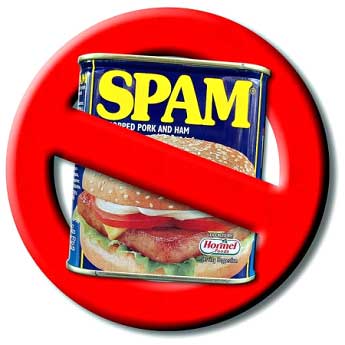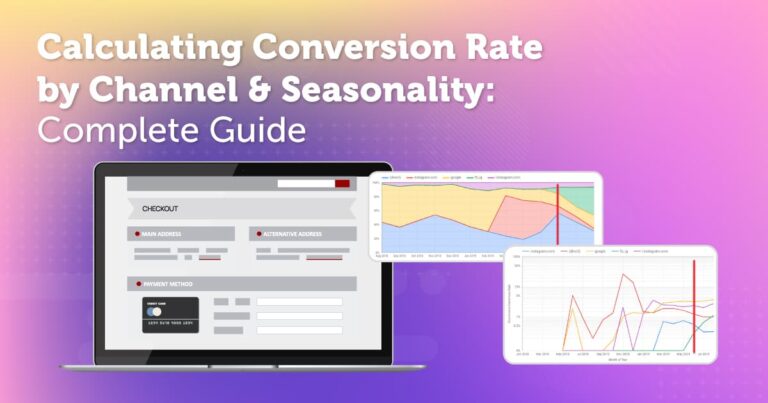Google is definitely flexing its muscles – showing that they are ruling with an iron fist. They have officially confirmed that the latest Penguin has been unleashed upon us since Friday and that the roll-out is now over (since Monday). They have not given website owners or SEO’s the chance to recover from the initial shock of their latest Panda Update, instead pulled a double whammy on us all and wacked us with a Penguin Update.
Now as strange as it might seem a lot of people have been looking forward to a new Penguin Update. Why? Because if they were penalised the last time round (over a year ago) due to spammy links, the new update will have reassured them that their efforts on removing links have been successful (or in some cases fruitless).

So, let’s delve into this newest Penguin update, what it means, its impact and what to expect next
The Penguin Explained

In a nutshell, Google is trying to make the search results as relevant as possible to people using their search engine. They want to offer the best possible service and experience to their users. So, Penguin and any other Google Updates are really there to remove any websites which are making it difficult for users to find the information they are looking for.
Ok, I understand it has been a while since we had the last Penguin Update. So, I thought I just refresh people’s memory about some of the key points (especially useful for people who got affected negatively again!):
- This means Google look at “link and keyword quality”
- Which they do by snooping around in your linkprofile to see if it looks “natural”
- Plus content is still important, so they will look at how relevant and unique the content on your website is
- If they do not like what they see – you will be facing some serious troubles (and if you are reading this blog post, I would guess you have seen your rankings and traffic diving)
Avoiding a Penguin

Eradicate Offsite Spam
Your first step should be to look at your backlink profile and identify any bad links. Get rid of the spam it’s not good for your health and the health of your website alike, look for:
- Any links to article directories (I would start with the ones that say “SEO articles”)
- Any links to paid directories
- Links coming from forums that are totally off topic to what your business/offering is about
- Links to directories which are not niche to what you are about
- Links to content that again are totally off topic but still have an exact keyword anchor text link back to your site
You do not need any fancy link analysis tools to carry out this analysis – just use Webmaster tools it will report on the links to your site. If possible, try and get these links removed. If this is not possible, you could go for the Google Disavow tool (I still think this is just another way for Google snooping on us, as you might flag even more issues to Google – could end badly)
Eradicate Onsite Spam
Ok most probably, if you have been penalised, it is due to the points above being present in your link profile. However, you could have also angered the Penguin by having really spammy onsite pages:
- Went a little overboard with keywords aka Keyword Stuffing
- Link Cloaking
- Hidden Text?
Any of those points sounding familiar – well then you are in double trouble.
Change your Doomed Strategy
Once you finished the clean-up (it is almost like going into rehab) you will need to make changes to ensure you do not get back to bad habits.
- Have a strong content strategy on and offsite that will attract natural links to your site
- Provide content that your audience will want to share
- Optimise your website cleverly and for relevant keywords – less is more
- Be niche – Be interesting – Be ethical
It’s Not The End
If you think that this might be the end of Google Updates (for the foreseeable future) you are mistaken. Google has announced that they have made changes to their algorithm that will allow them to roll out any updates easier and more frequent.

Expect, some more updates coming your way fresh from the newly build Google Assembly line. Will this mass production ability see new updates being added to their animal portfolio? Who knows, but we should brace for impact!
5 Penguin Facts You Did Not Know
Have you ever wondered why Google chose the Penguin, here some fun facts:
- Fossils place the earliest penguin relative at some 60 million years ago, meaning an ancestor of the birds we see today survived the mass extinction of the dinosaurs –NO HOPE that they will disappear any soon!
- Penguins are loyal and will return to their nesting site where they were born – IF THEY GAVE YOU A VISIT BEFORE – THEY WILL BE BACK!
- Penguins evolved to stay in the Southern Hemisphere because there are no land predators, like wolves or polar bears, to take make quick work of the plump flightless prey – THEY ARE HERE TO STAY
- Because they aren’t used to danger from animals on solid ground, wild penguins exhibit no particular fear of humans – THEY ARE NOT SCARED OF US
- Penguins are highly social, colonial birds that form breeding colonies numbering in the tens of thousands – SO THERE IS NO END IN SIGHT TO MORE UPDATES!
Follow my contributions to the blog to find out more about Digital Trends, or sign up to the ThoughtShift Guest List, our monthly email, to keep up-to-date on all our blogposts, guides and events.






